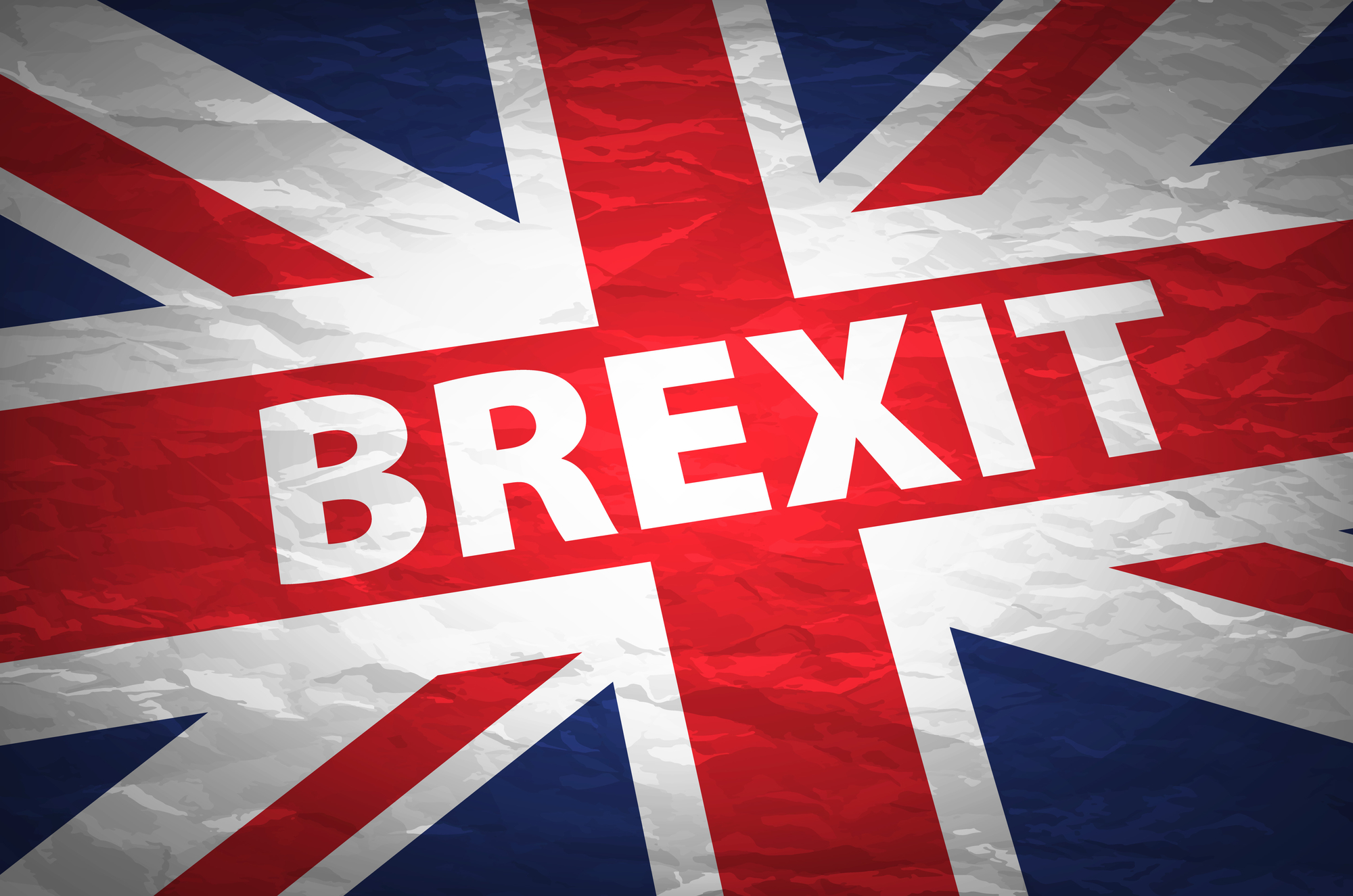Post Brexit Britain – planning to avoid the Customs cliff edge

With no-deal warning shots being fired by the Chancellor of the Exchequer and technical guidance issued by HMRC in the event of a no-deal, we are focusing on what businesses can do now, in respect of their international trade.
Many businesses already have a Brexit plan and will be seeking to develop it as we reach critical key dates in the negotiations. Given the stark warnings issued at the end of the summer break and business refocusing on Brexit as we get that “back to school” feeling, here is a reminder of our Brexit to-do list.
Key Dates
2018
17/18 October – EU Summit Deadline to agree the withdrawal and terms November – Emergency EU Summit If October does not yield a decision
13-14 December – EU Summit If an agreement has not been reached and is still wanted – this is the latest a deal can be agreed
2019
Before 29 March – Parliament has to pass the EU (withdrawal) Bill. EU parliament also needs to approve the withdrawal agreement.
29 March 23:00 GMT – DAY 1 UK leaves the EU
2020
31 December – last day of the transition period (if all goes well)
Background
A no-deal post UK Brexit will mean:
• WTO Customs duty tariffs until a trade deal is agreed
• Movement of goods between UK and EU will become imports and exports. They will need to be processed and cleared through Customs
• Potential to have to register for VAT in the EU to sell into those markets
Brexit Toolkit – To do list for Brexit and beyond
1. Review your supply chain. Establish the commodity codes for goods you sell to or buy from the EU.
2. Speak to Customs brokers/freight agents to deal with Customs processes and formalities.
3. Review any contracts you have with overseas companies. Can UK or local EU VAT be added? Do the Inco-terms reflect the Customs Duty position post Brexit?
4. Speak to us about Authorised Economic Operator (AEO) It has recognised status around the world and means quicker transit at Customs. It is the proactive business planning tool to have, however, it can take 4-6 months to receive certification, so we recommend applying now.
5. Speak to us about Customs Duty suspension regimes. They may work for you and save you bottom line Customs Duty costs. This includes:
• Temporary admission
• Inward processing relief
• Customs warehousing
6. If you sell in the EU, do you need a place of business there, a branch or subsidiary? Or will a fiscal rep or a VAT number and a warehouse be enough. We should all be planning for 5 years post-Brexit. Taking advantage of freedom of establishment rules that we have now, is a conversation that anyone supplying goods to the EU is having.
Contact us If you would like to discuss your Brexit strategy or need help in planning for Day 1. We have an experienced team who will approach Brexit with a practical can-do attitude.
Our Customs Duty expert is a senior HMRC Brexit strategist and led the Customs team dealing with AEO and Duty suspension regimes. Our VAT team work closely with our global VAT teams and can provide holistic advice from whichever jurisdiction you are considering.
For more information or to discuss how we can help your business, please contact:

Senior Customs Duty Manager
Tel: +44 (0)1604 624 011
E: lucy.sutcliffe@mhllp.co.uk

VAT Director
T: +44 (0)7889 537549
E: glyn.edwards@mhllp.co.uk










